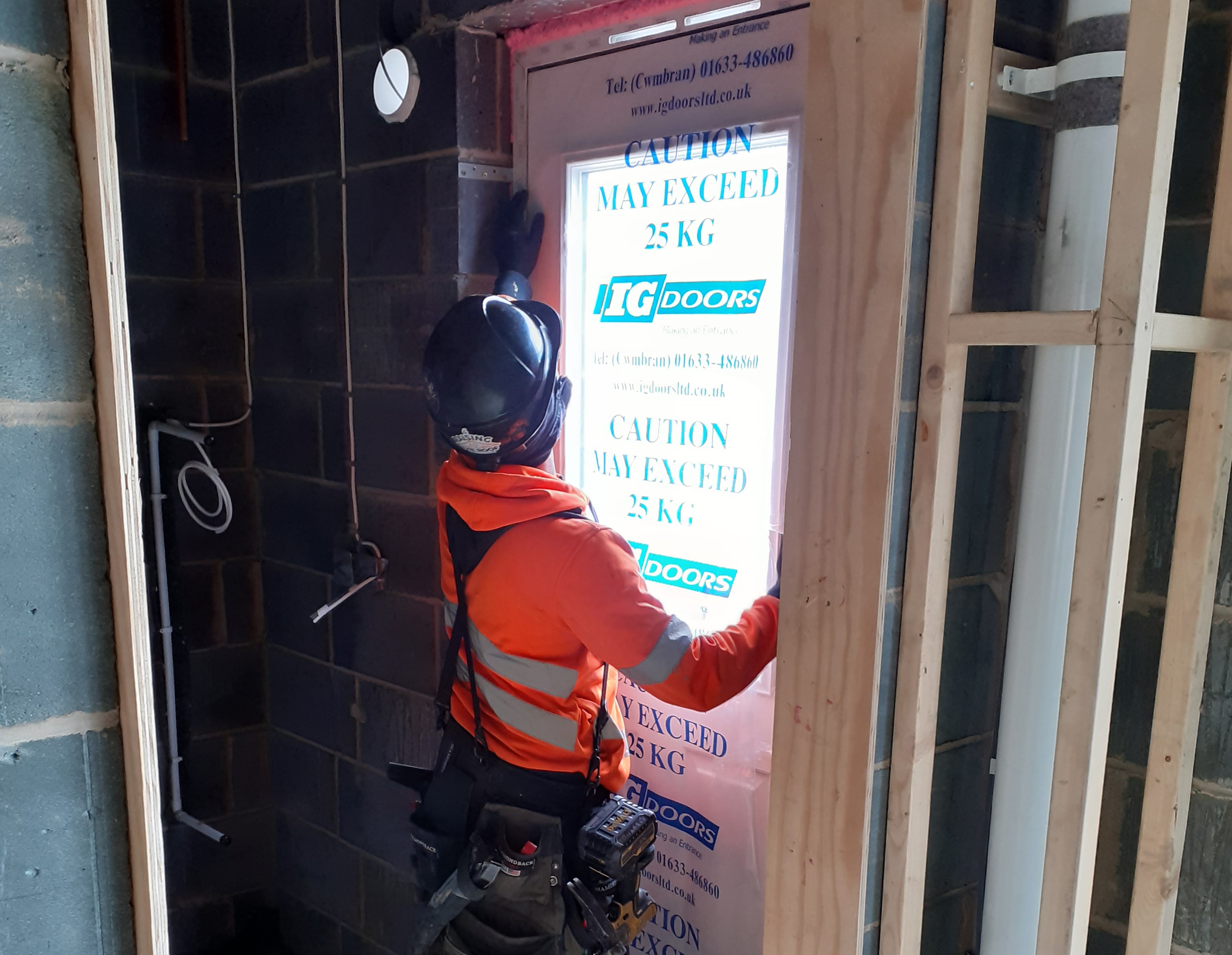.jpg?updated=1658419773)
Put On Your Hard Hat And Fasten Your Boots, It’s Time For A Lesson In Construction Health And Safety
Working in construction can be dangerous and accounts for thousands of injuries every year in the UK, which is why companies should place health and safety at the heart of their organisation in managing a commercial construction project. Keeping alert on-site requires knowledge of health and safety guidelines covering a wide range of areas, including:
- Fire safety.
- Working at heights or in confined spaces.
- Improper manual lifting.
- Lack of PPE.
- The effects of smoking, drinking and substance abuse.
- Stress and exhaustion.
- Exposure to chemicals or hazardous substances and materials.
How To Improve Health And Safety On A Construction Site
Whether you require a carpentry or joinery contractor or another tradesperson to fulfil your project requirements, there are several strategies you can take to improve safety on your site and ensure compliance with health and safety legislation.
1) Choose Contractors That Take Health And Safety Seriously
All construction trades have an inherent level of risk, but the best contractors don’t accept this lying down. Choose your contractors carefully by ensuring their commitment to health and safety and ‘zero harm’ on site. One way to ensure contractors are truly committed to the highest health and safety standards is checking whether they are SSIP qualified. This certification confirms that a contractor meets or exceeds the current compliance criteria, following an independent audit of their health and safety procedures and working practices.

2) Don’t Skip Maintenance
Have a regular preventative maintenance schedule in place for all plant, vehicles, and tools, and ensure all machinery and equipment is visually inspected for faults before each shift.
3) Working Hours And Breaks
Many construction incidents arise from avoidable mistakes made through lapses in concentration – a serious risk when contractors are working long hours or in poor visibility. UK employment law requires employers to give an uninterrupted 20-minute break for shifts that last 6 hours or more, and in practice you may need to provide longer breaks to sustain productivity and avoid accidents. There are several statutory exceptions and special provisions for certain workers, so make sure you’re familiar with them when planning your project staffing requirements.
4) Circulate An Updated Health And Safety Protocol
Don’t assume that newly acquired workers and contractors know your project health and safety policy. It’s always wise to circulate it among everyone involved in a project and check that they’ve read it and understood it – it doesn’t matter how small or big the project is.
Also, make sure the protocols are updated to cover all hazards on site, since health and safety hazards may vary from project to project and can change quickly – e.g increased slip risks following a period of heavy rain, or heightened fire risk during a heatwave. This means you should make a detailed assessment of what’s at stake in each case and modify the protocols accordingly.
.jpg?updated=1658419902670)
5) Ensure Everyone Is On The Same Page
When creating or updating health and safety protocols for a project, make sure everyone on site is on the same page when it comes to the practical application of those policies. Keeping consistent helps eliminate confusion and discrepancies between workers and project supervisors.

6) Useful And Regular Training
Construction employers and lead contractors should provide regular practical training to improve the skills and safety awareness of their workforce and subcontractors. This should go beyond legal compliance to cover other critical areas that directly impact health and safety awareness, including:
- Diet & exercise – Construction is a physical job that requires good stamina, so it’s always useful to offer advice on topics like healthy eating and exercise.
- Keeping warm in winter and cool in summer – including wearing the right clothing to stay comfortable and healthy, and maintaining adequate hydration for different weather conditions.
- Mental health – Nobody is immune to the effects of stress and loneliness, which can take its toll on work performance and increase the chances of being involved in an accident. It could be helpful to train staff in stress management techniques or ensure that on-site supervisors have adequate mental health awareness to recognise the signs of mental health difficulties among contractors.
Next Steps
At SC4, we take health and safety seriously and always ensure the correct health and safety standards are maintained by all our staff when working on-site. As an accredited contract joinery and carpentry contractor, we can help you maintain the highest safety standards in all your construction projects. Please speak with one of our management team to find out more about our health and safety policy.
We are currently building our Health & Safety resources on our site – bookmark the page for useful updates.
Click on the categories below to find out more about:

Connect with Us
Share this Page
More Posts
Recent Posts
- Breathe Easy, Work Safe: The RPE Every Site Worker Needs
- From Site to Strategy: Simon Mead Promoted to Associate Director at SC4
- SC4 named Cala Contractor of the Month, October 2025
- Why is Neurodiversity so important in Construction?
- Our Favourite Carpentry Project Of 2024: Cromwell Court, Old Basing
- Case Study: Timber Frame Installation in Netley Grange, Southampton
